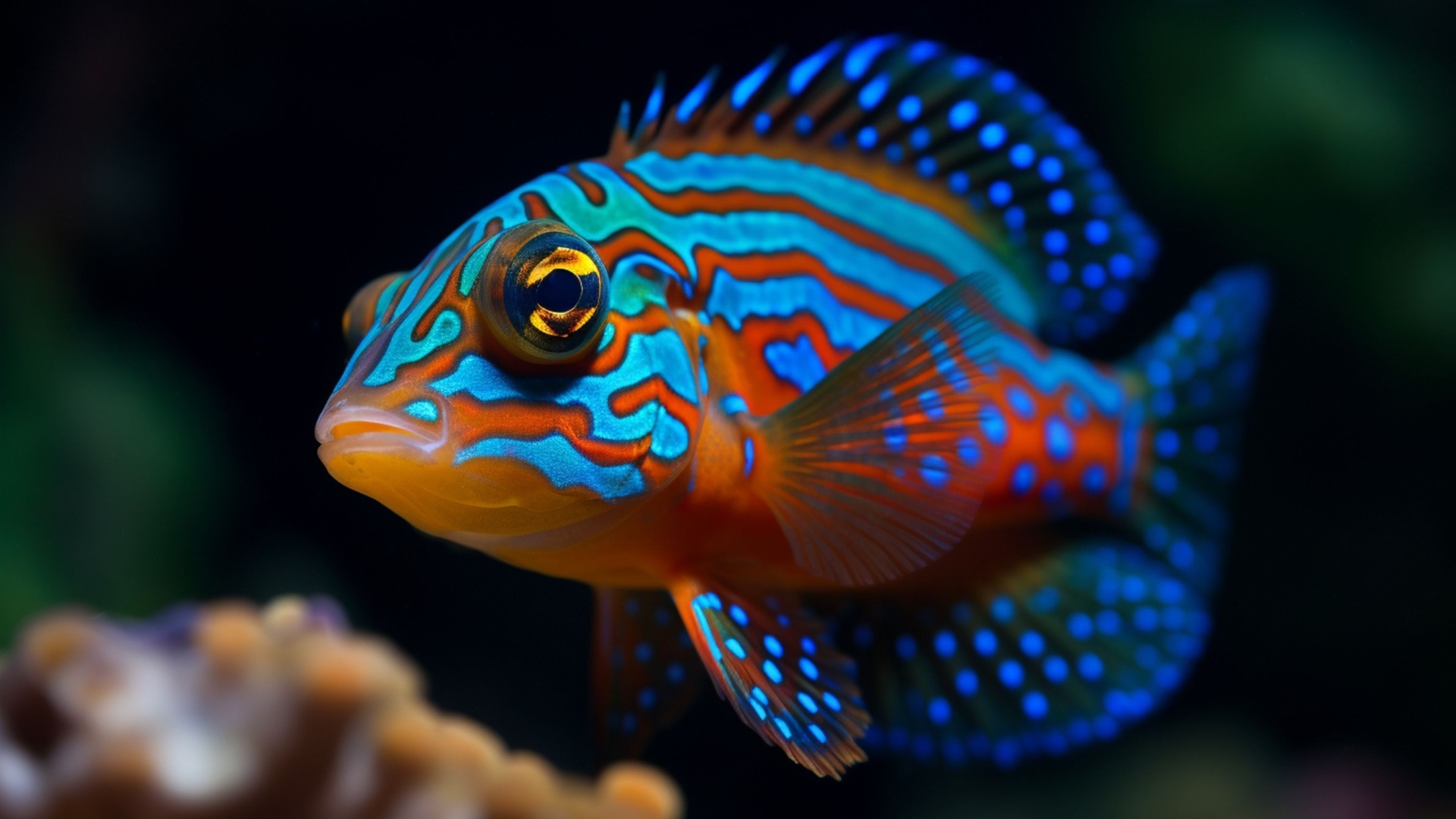Fish that can change colors are like underwater magicians, using their ability to blend in, communicate, or attract a mate. From vibrant tropical fish to sneaky camouflagers, these aquatic creatures have mastered the art of transformation.
Let’s dive into the stories of some incredible fish that can change their colors and find out why they do it.
1. Cuttlefish
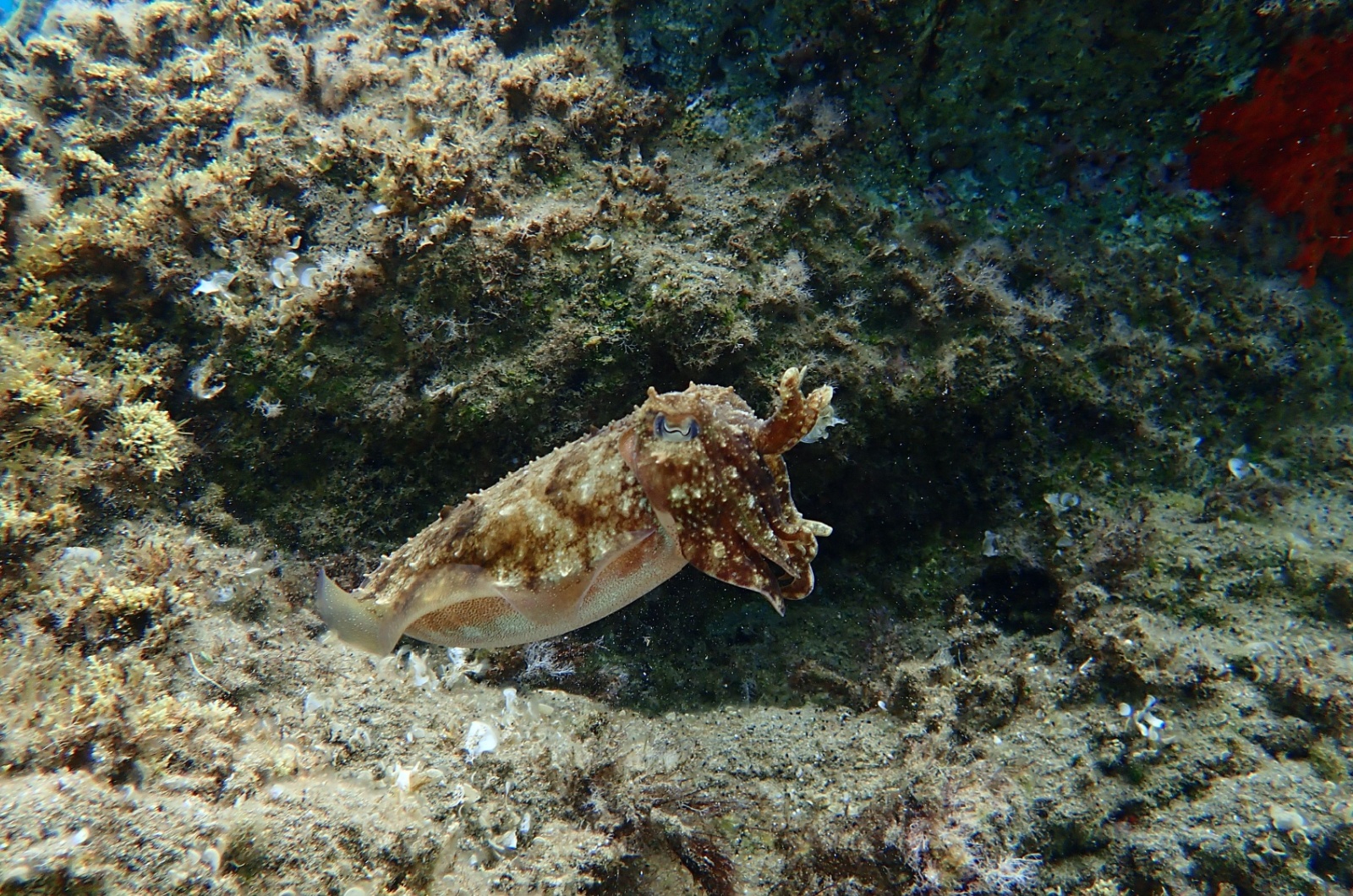
Cuttlefish are often called the chameleons of the sea, and for good reason. Using specialized cells in their skin called chromatophores, they can change their color and texture almost instantly.
This allows them to blend seamlessly into their surroundings, hide from predators, or even hypnotize prey.
During courtship, male cuttlefish put on dazzling color displays to impress females. Scientists are amazed by their intelligence and use of this skill, making them some of the ocean’s most fascinating creatures.
2. Flounder
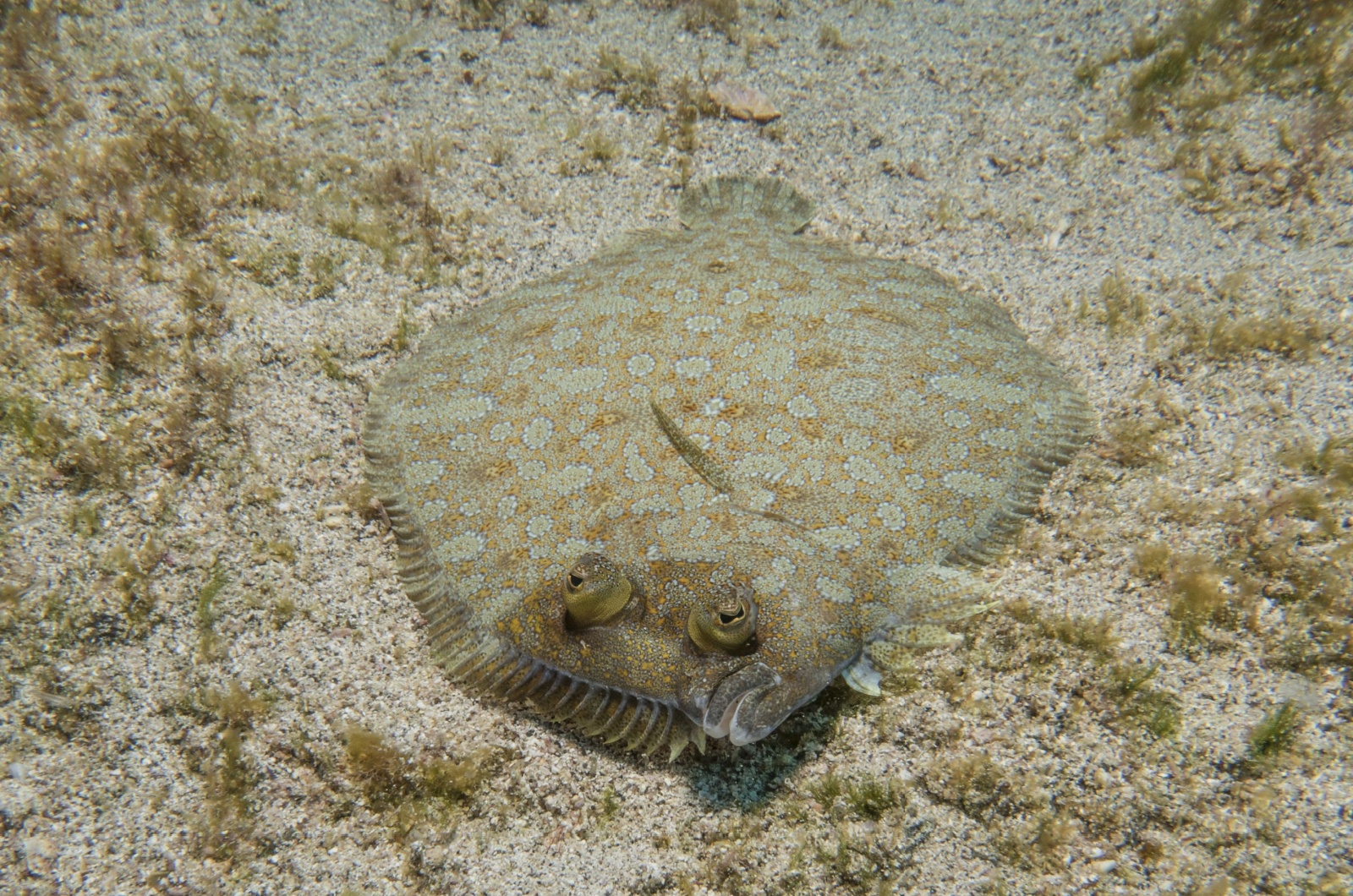
These fish take camouflage to the next level. They can match their skin to the sand, rocks, or coral on the ocean floor, making them nearly invisible to predators and unsuspecting prey.
What’s unique is that their eyes work independently, scanning their surroundings to create the perfect camouflage.
This ability is crucial for their survival, as flounders aren’t fast swimmers. Watching a flounder ‘disappear’ into its environment is like witnessing a magic trick in real life.
3. Mandarinfish
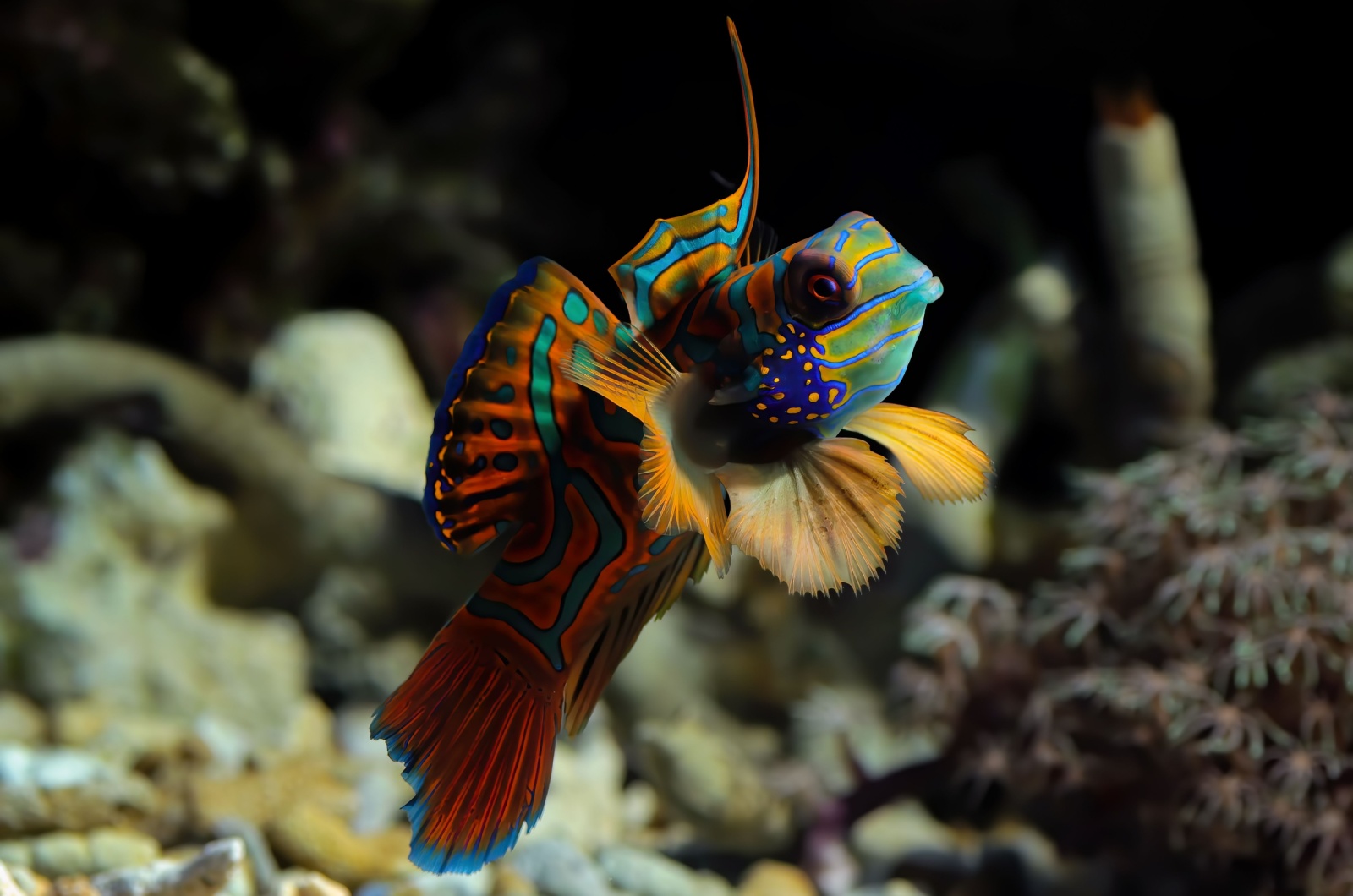
Mandarinfish are known for their striking, psychedelic colors, but they can also adjust their hues when needed.
Their vibrant patterns help them blend in with colorful coral reefs, making them harder for predators to spot. These fish also use their color changes during mating displays, with males intensifying their colors to attract females.
What’s fascinating is that their skin produces a slimy, toxic mucus that deters predators, giving them an extra layer of defense. They’re as bold as they are beautiful.
4. Parrotfish
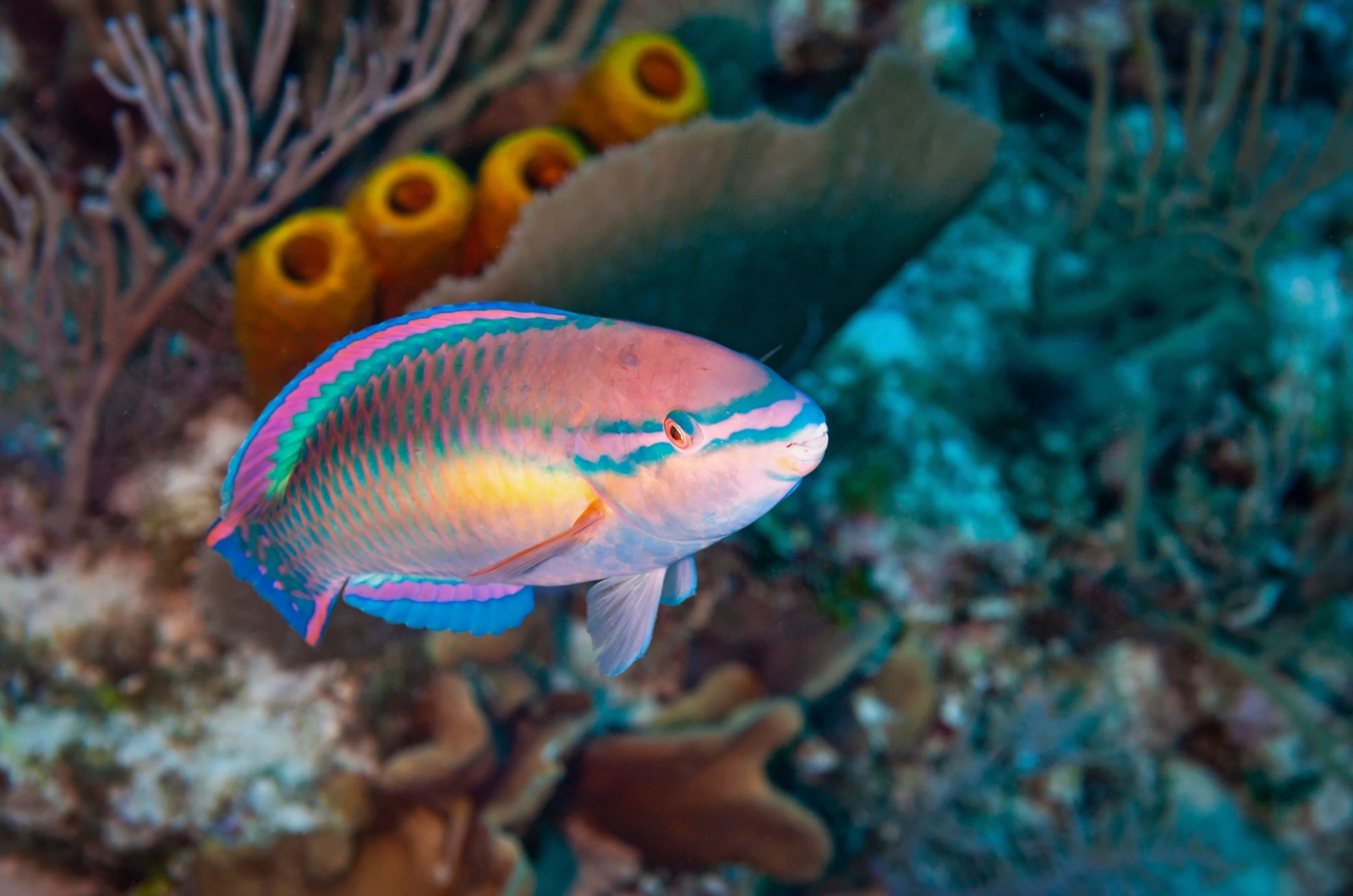
Parrotfish go through dramatic color transformations as they mature. Juveniles, females, and males often look completely different, with males typically sporting the most vibrant colors.
These changes aren’t just for show, they signal maturity, dominance, or readiness to mate. Parrotfish also play a vital role in coral reef health by munching on algae, keeping the reefs clean.
Their ever-changing appearance adds to their charm, making them a favorite among divers.
5. Seahorses
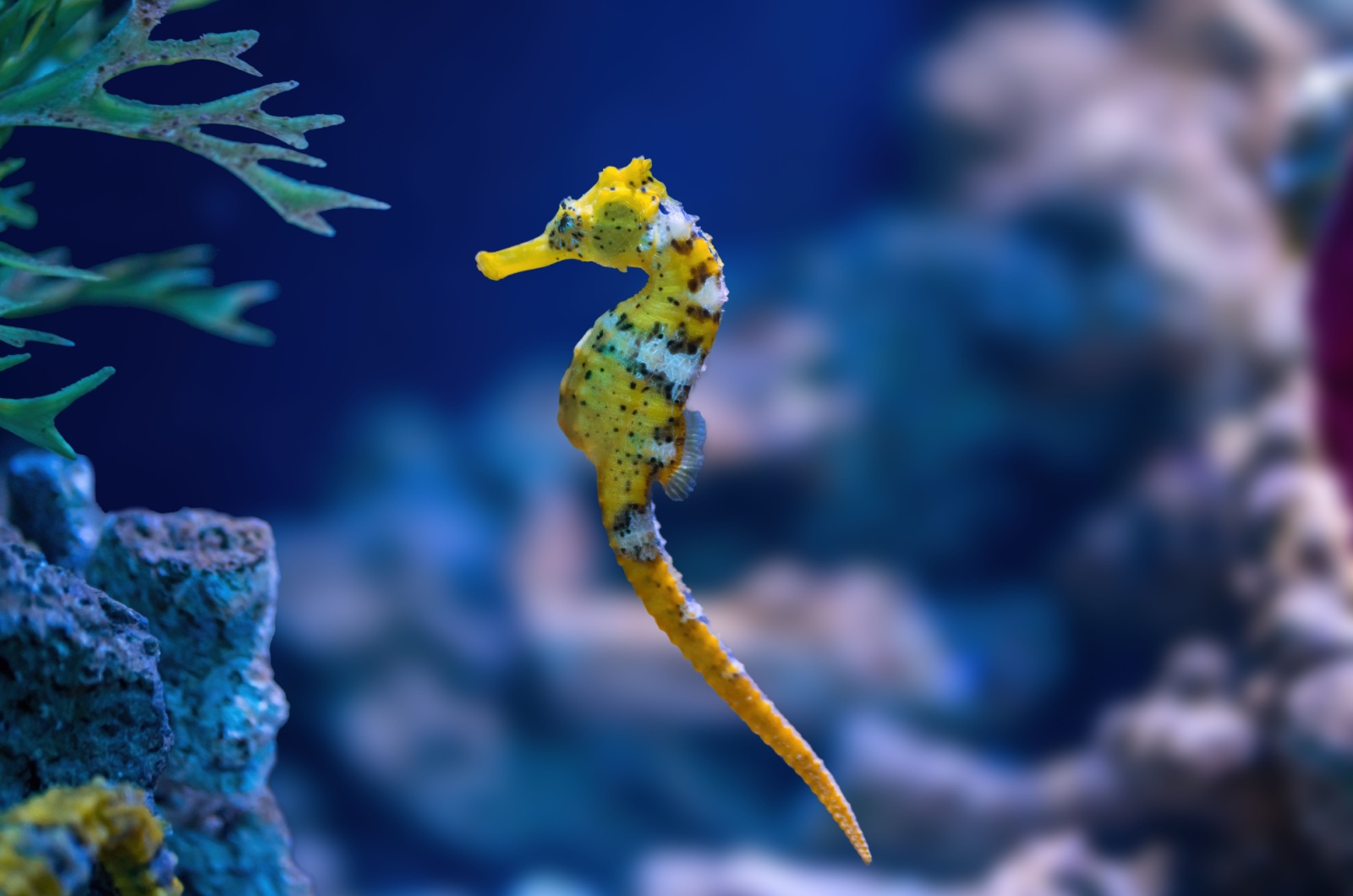
They might be slow swimmers, but they’ve mastered the art of blending in. They can change their colors to match seaweed, coral, or even the sandy seabed, making it nearly impossible for predators to spot them.
This ability also comes in handy during courtship displays, where males and females synchronize their color changes as part of a romantic ‘dance’.
Seahorses’ camouflage isn’t just for safety, it’s also their secret weapon in the dating game.
6. Wrasse
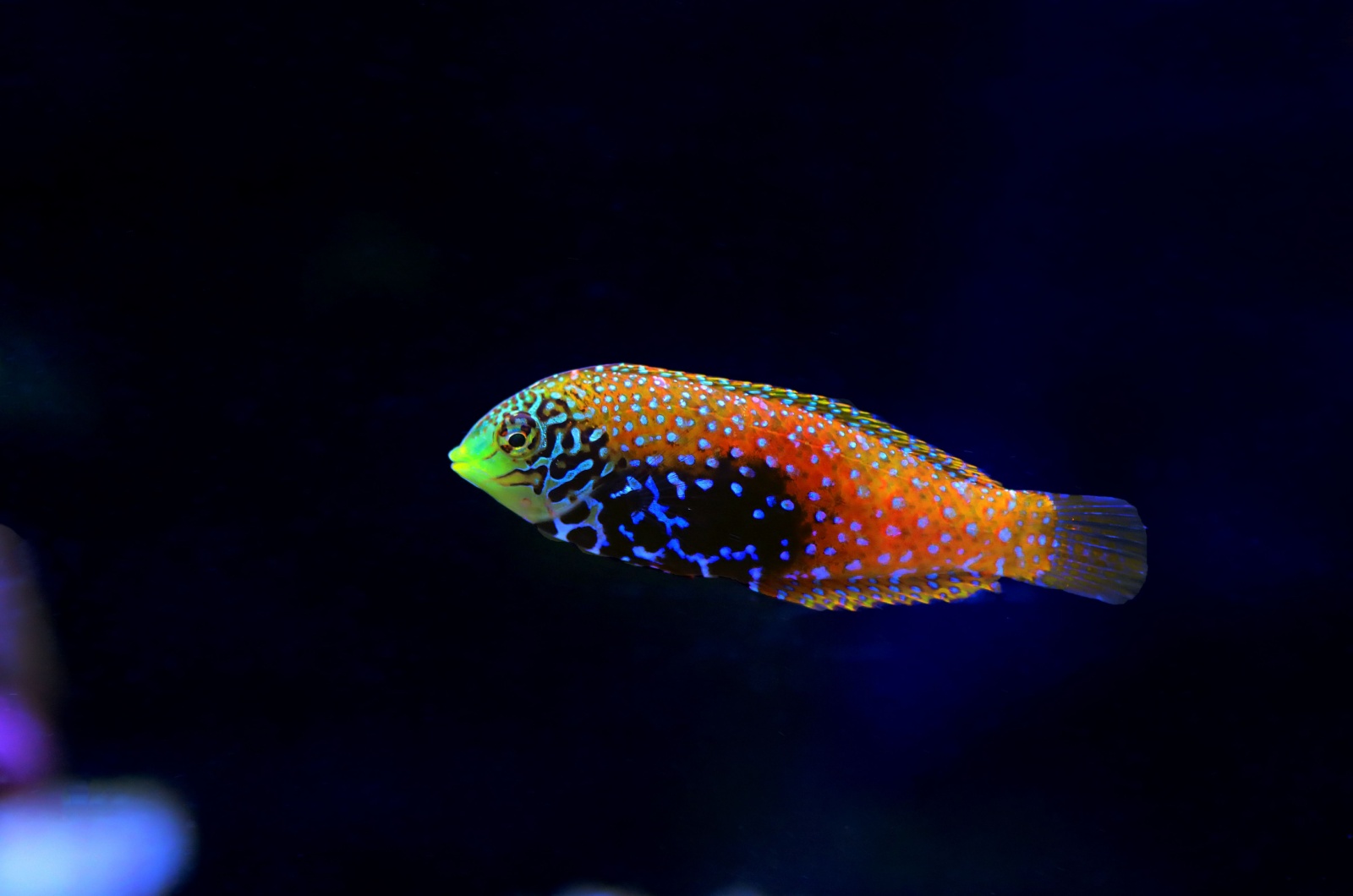
Wrasse fish, especially species like the cuckoo wrasse, are known for their vibrant colors that can shift based on their role in the group.
Some species even change their gender, and with it, their coloration shifts dramatically. Males often become more vibrant to establish dominance or attract mates.
During breeding seasons, their colors become even more intense, creating a visual spectacle in the water. Wrasse use their bold patterns not only to impress but also to communicate within their schools. It’s like nature’s version of a costume party!
7. Triggerfish
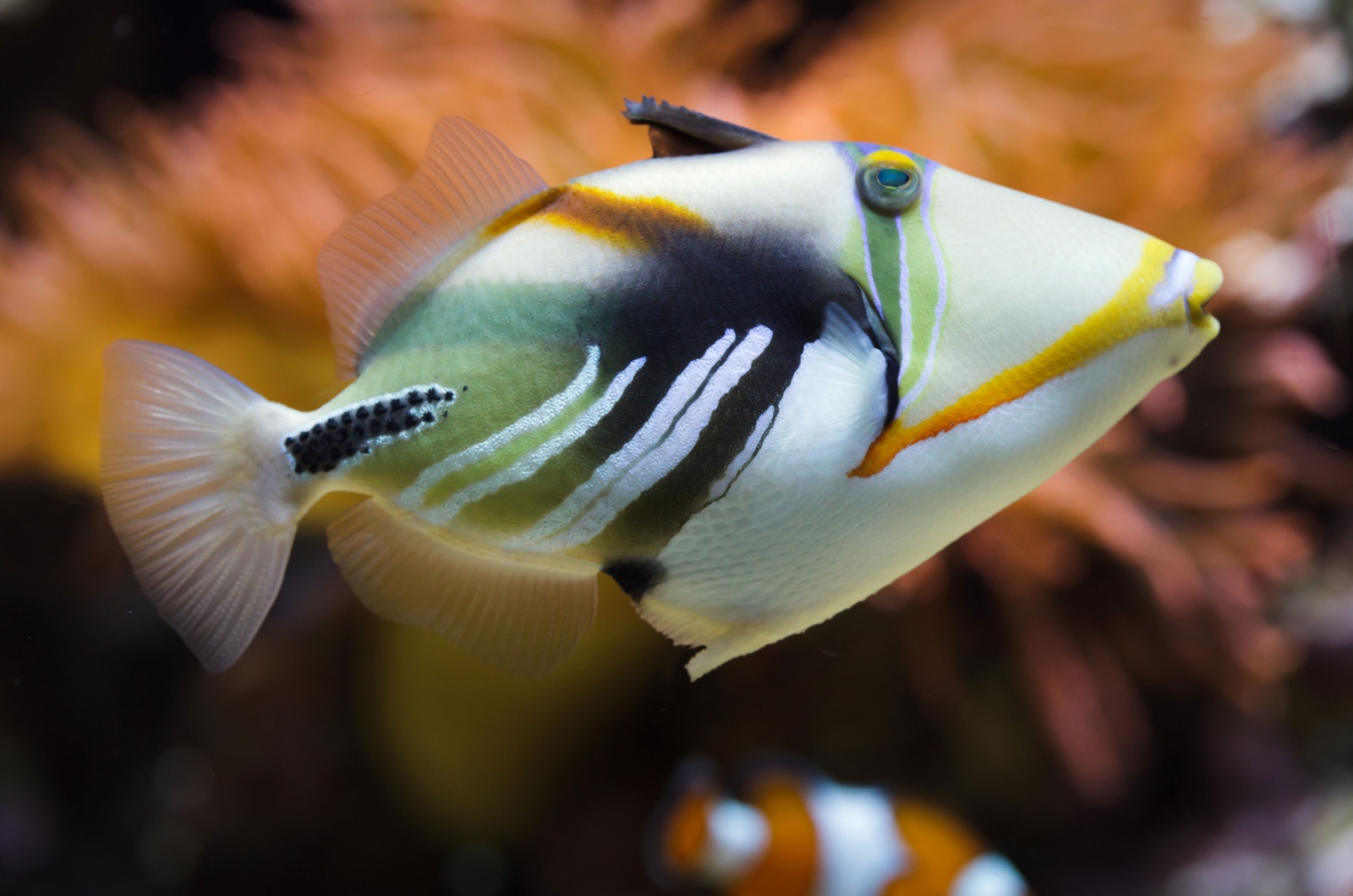
Their coloration can shift depending on their mood, whether they’re feeling threatened, aggressive, or relaxed. I wish I could have this superpower!
During courtship, males often display bright colors to woo potential mates, while females might use their color changes to signal readiness to spawn.
These fish are highly territorial, and their color shifts often warn others to stay away. Their flashy displays make them the ultimate mood ring of the ocean.

